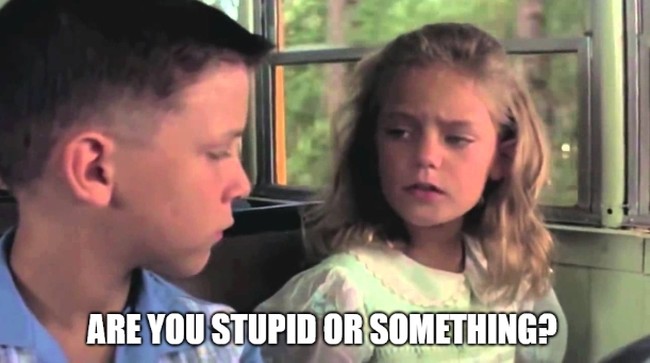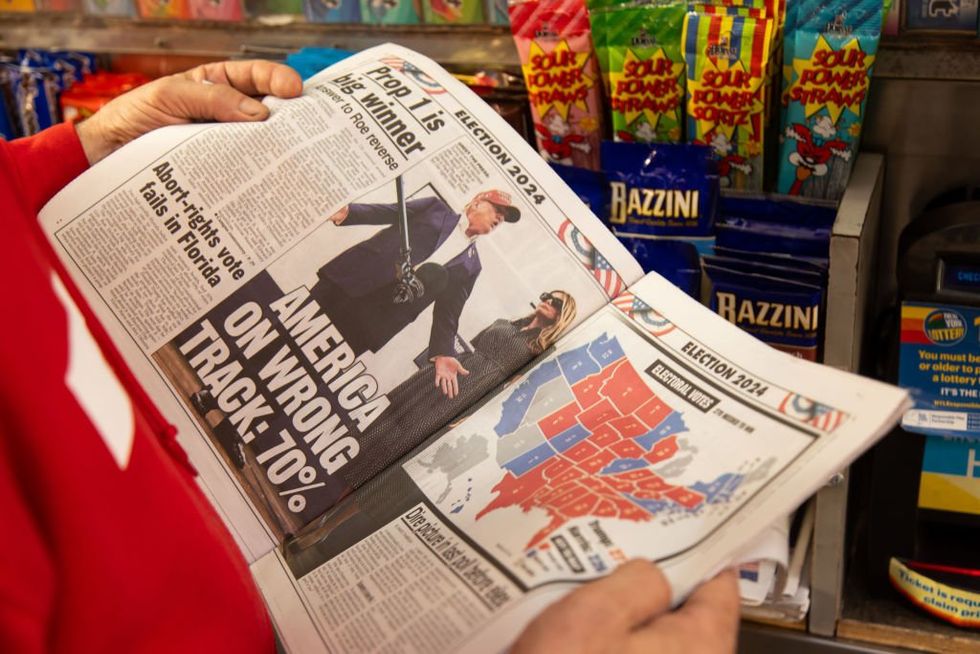Kids’ shows your children can actually watch

I don’t believe that exposure to technology is tantamount to child abuse as some uber-crunchy trads might insist. That said, they’re reacting to a culture that pushes tablets and phones on the very young, despite fairly convincing evidence suggesting that too much screen time may harm kids’ cognitive, linguistic, and social-emotional growth.
‘Prolonged exposure to high-stimulation shows, even those with virtuously ‘educational’ packaging such as ‘Baby Einstein,’ primes children for inattention.’
Is it possible to stake out a reasonable middle ground? In my view, yes — provided you have a clear-eyed understanding of just what pitfalls to avoid.
Sheer quantity is obvious enough. Consuming six hours straight of uninterrupted screen time is the dopamine-overdose equivalent of binging a family-sized bag of Reese’s cups: pretty clearly a bad habit to indulge. Of course, most “content” today is designed for passive binging, putting the onus on the parent to keep time. You don’t want to forget your child in front of “Bluey” any more than you’d want to forget your roast in the oven.
Then, you have to consider the ideology (trans, critical race theory, etc.) smuggled into the average children’s television programming these days. What makes it particularly insidious is the difficulty of knowing where exactly it comes from.
Vaclav Havel foretold this in his essay “The Power of the Powerless,” in which he describes life under communism through the story of a greengrocer. The greengrocer put a communist slogan in his shop window, not because he particularly liked its content, not because the content was true, not in the hope that someone might be persuaded by it,
but to contribute, along with thousands of other slogans, to the panorama that everyone is very much aware of. This panorama, of course, has a subliminal meaning as well: it reminds people where they are living and what is expected of them. It tells them what everyone else is doing, and indicates to them what they must do as well, if they don’t want to be excluded, to fall into isolation, alienate themselves from society, break the rules of the game, and risk the loss of their peace and tranquility and security.
That is to say, it is an utterly gratuitous form of psychological torture. What a good reason to cancel the show, and the network, for good measure.
But quality doesn’t begin and end with the message itself. Canadian philosopher and father of media theory Marshall McLuhan coined the phrase “the medium is the message,” the idea that the manner of communication can often say more about the culture, and the messages that culture communicates, than the explicit messages themselves.
Illustrating his point, wokeness as a form of political manipulation and psychological terrorism entered its heyday in tandem with high-stimulation special-effect media. Dr. Dimitri Christakis says that the pace of the media has a significant impact on its quality, at least in terms of a child’s neural development. His research indicates that prolonged exposure to high-stimulation shows, even those with virtuously “educational” packaging such as “Baby Einstein,” primes children for inattention. The type of input that the mind learns to crave is not available in the real world, so the child becomes addicted to the constant, unchallenged emotional gratification of the screen.
Suppose, however, that parents enforce strict time limits and vet all shows for messaging. Is the occasional hour or two of curated screen time fine?
The study I linked to at the beginning suggests that it is, especially if we balance it our with “green time.”
Here, I’ve curated some of my favorite high-quality, low-stimulation, and actually child-appropriate shows that my kids watch when they’re sick or I need to get something done. This list is not exhaustive, so please share in the comments: What morally and aesthetically wholesome shows have you found that get the sort of crunchy, Christian mom stamp of approval?
Little BearAdventures from the Book of VirtuesHeidi, and most things with Shirley TempleMister Roger’s NeighborhoodMy Neighbor Totoro, and most things by Hayao MiyazakiClassical Ballet via Marquee TV or YoutubeZoboomafoo with the Kratt BrothersMadeleinePrince of Egypt







